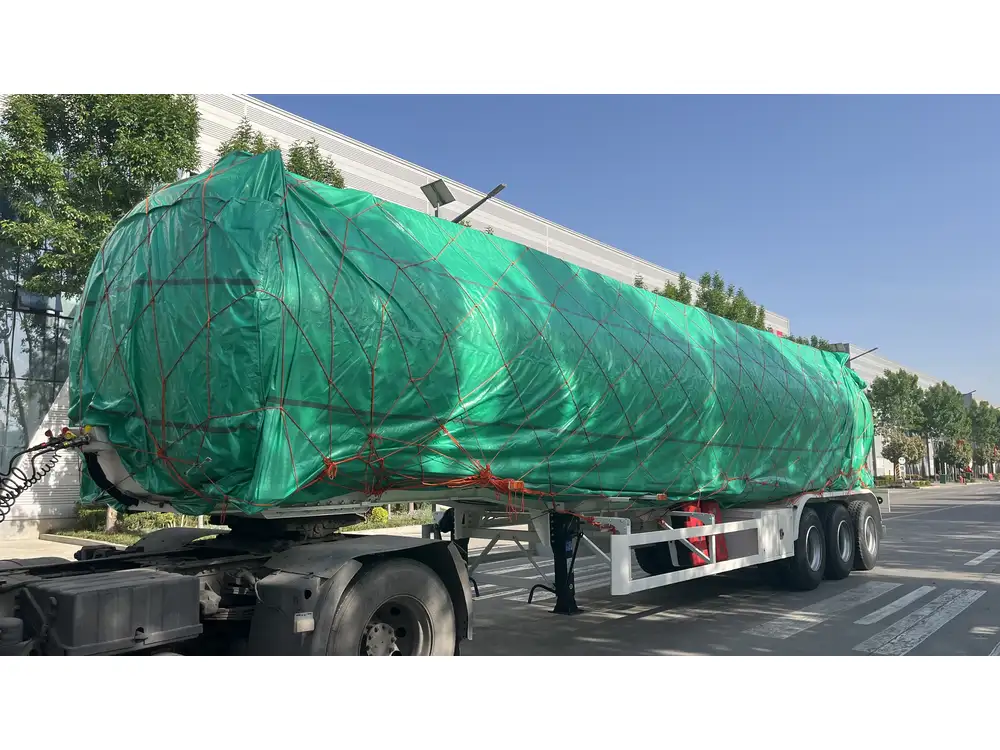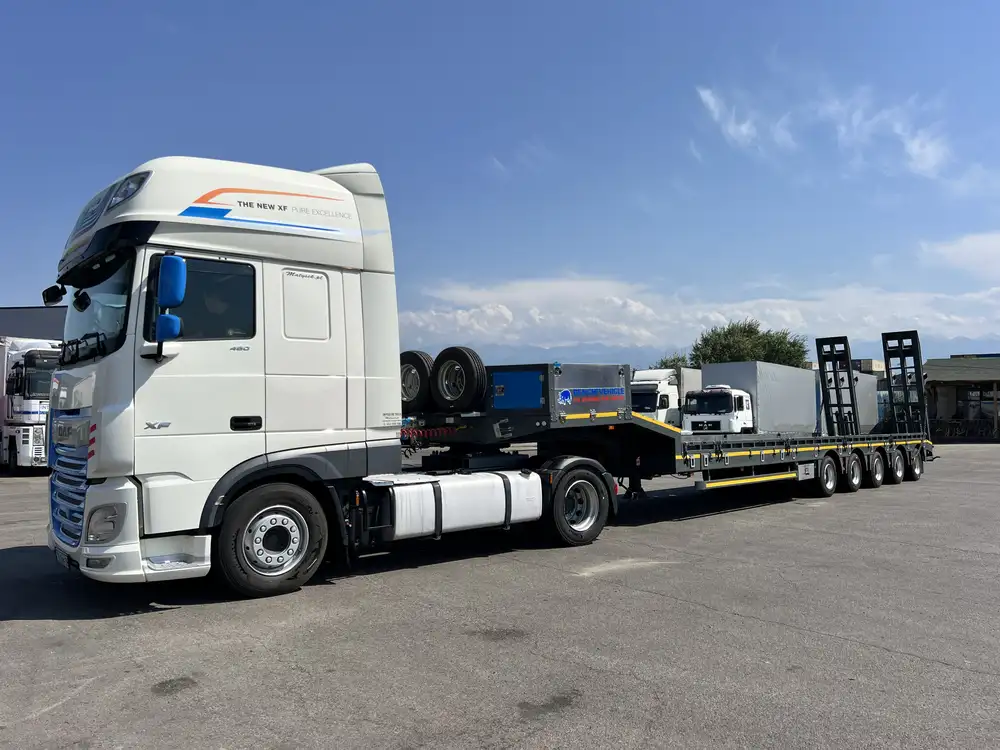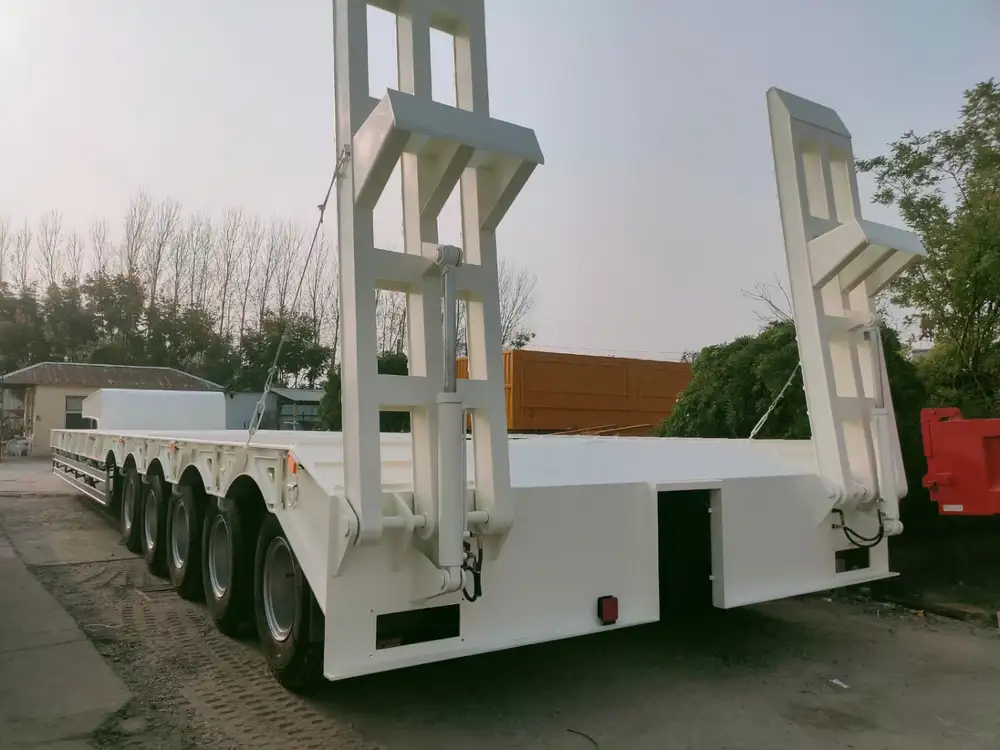Wiring a 4-pin semi truck trailer plug is an essential skill for truck owners, drivers, and maintenance professionals alike. A properly wired trailer plug ensures that essential functions such as brake lights, turn signals, and tail lights work correctly, allowing for safe and efficient transportation. This extensive guide will walk you through the wiring process step-by-step, addressing common issues and ensuring you understand the nuances of wiring a 4-pin connector. We’ve also included troubleshooting tips and comparisons to help you grasp differences between various configurations of trailer wiring.
Introduction to 4-Pin Trailer Plugs
Understanding the 4-Pin Configuration
The 4-pin trailer plug is primarily used for basic functions in smaller trailers, usually lightweight models. The four wires within this system correspond to specific functions outlined in the table below:
| Pin Number | Wire Color | Function |
|---|---|---|
| 1 | Brown | Tail Lights |
| 2 | Yellow | Left Turn Signal |
| 3 | Green | Right Turn Signal |
| 4 | White | Ground |
This table highlights the basic connections that you’ll need to make when installing or troubleshooting your 4-pin trailer plug.

Importance of Proper Wiring
Ensuring that your trailer plug is wired correctly is crucial for your safety and compliance with regulations. Improper wiring can lead to malfunctioning lights, which can result in dangerous driving conditions and potential fines.
Tools and Materials Needed
To efficiently wire a 4-pin semi truck trailer plug, gather the following tools and materials:
Tools Required
- Wire Strippers: To strip the insulation off the wire ends.
- Screwdriver: To secure connections and mount the plug.
- Heat Shrink Tubing or Electrical Tape: To insulate connections and protect against moisture.
- Multimeter: A diagnostic tool for checking electrical connections.

Materials Needed
- 4-Pin Trailer Plug Kit: Ensure it includes the plug body and necessary terminal pins.
- Wiring: The gauge should correspond to your vehicle’s specifications (typically 16- or 18-gauge).
- Wire Connectors or Solder: Options include butt connectors or soldering supplies, dependent on your preferred connection method.
Step-by-Step Wiring Instructions
Step 1: Prepare Your Wires
Cut and Strip Wires: Cut the wires to the desired length and strip about 1/2 inch of insulation from each end. Make sure you have enough slack for the connections.
Test Wire Functionality: Before proceeding, use a multimeter to ensure each wire is functioning correctly.

Step 2: Attach the Wires to the Plug
Insert Wires into Appropriate Pins: Match each wire color to the corresponding terminal as indicated in the table above.
Secure Connections:
- For screw terminals, insert the wire into the screw hole and tighten the screw to hold the wire securely.
- For blade-type terminals, push the wire’s terminal connector onto the appropriate pin until you hear a click.
Double-Check Connections: Ensure that wires are correctly seated in their respective pins before moving on.
Step 3: Insulate and Secure
Add Heat Shrink Tubing or Electrical Tape: Once connections are made and verified, use heat shrink tubing over the exposed wire sections or wrap them securely with electrical tape to protect against moisture and corrosion.
Secure the Plug: If the plug requires mounting, use screws provided in your kit to attach it firmly to a position where it won’t be subject to wear and tear.
Step 4: Testing the Connections
Connect to Truck and Test: Plug the 4-pin connector into your truck and test the trailer lights using the vehicle’s light controls. Check to ensure that:
- Tail lights illuminate when the headlights are on.
- Left turn signal operates correctly by blinking with corresponding left signal.
- Right turn signal works the same way.
Diagnose Issues: If any lights do not function as expected, use the multimeter to check for continuity in each wire connection. Ensure there are no breaks or shorts.

Common Wiring Issues and Solutions
Issue #1: Dim or Non-Functional Lights
Symptoms: One or more lights are flickering, dim, or do not operate.
Solutions:
- Ensure the ground wire is connected securely to a clean metal surface.
- Inspect the wiring for any breaks or corrosion at connections.
- Use a multimeter to check for voltage drop and ensure adequate power supply.
Issue #2: Incorrect Signal Functionality
Symptoms: Turn signals activate but do not flash correctly.
Solutions:
- Check that the corresponding wires (yellow for left, green for right) are not swapped.
- Make sure there are no ground issues affecting the signal lights.

Best Practices for Trailer Plug Maintenance
Regular Inspections: Inspect your trailer plug and connections regularly for wear and damage, especially before long trips.
Corrosion Prevention: Apply a thin layer of dielectric grease on connections to prevent moisture ingress and corrosion of terminals.
Use Quality Components: Invest in high-quality plugs and connectors; lower-grade materials may fail sooner, leading to safety hazards.
Comparing 4-Pin to Other Configurations
4-Pin vs. 7-Pin Connectors
| Feature | 4-Pin Connector | 7-Pin Connector |
|---|---|---|
| Functionality | Basic lighting functions | Additional functions (brakes, reverse lights, aux) |
| Complexity | Simple wiring | More involved wiring and configuration |
| Usage | Lightweight trailers | Heavier and larger trailers |
The 7-pin connector is typically used for larger, more complex trailers that require additional functions, such as electric brakes and auxiliary power. If you anticipate needing these features, consider upgrading.

Final Thoughts
Wiring a 4-pin semi truck trailer plug may seem daunting at first, but with the right skills and tools, it can be a straightforward process. Proper installation not only guarantees functionality but also ensures your safety and compliance on the road. By following the guidelines provided here, you lay a solid foundation for effective trailer maintenance and operation.
Stay vigilant about any changes or malfunctions in your trailer lights or connections, and don’t hesitate to revisit your wiring setup if necessary. With ongoing attention to detail and maintenance, you can enjoy trouble-free towing for years to come.
Additionally, for those who want to expand their knowledge, familiarize yourself with wiring diagrams and seek further information on trailer wiring specifications that suit different types of trailers. Remember, preparedness and knowledge are your greatest tools on the open road.



